Jacob & Josef Kohn
Austrian furniture maker
The beginnings of the furniture company Jacob & Josef Kohn date back to 1850, when the Jewish entrepreneur Jacob Kohn and his eldest son Josef Schaje Kohn founded a company for the production and sale of construction timber in Vsetín, Moravia. In addition to the timber trade, the Kohns expanded their business model and built three matchwood factories by the 1860s, making them one of the largest producers in the Austro-Hungarian Monarchy.
Inspired by the economic success of the Thonet brothers, who settled in the Moravian region in the 186o's, Jacob & Josef Kohn saw another profitable market in the production of bentwood furniture and founded a company for the production of bentwood furniture.
The next step was to challenge the monopoly position of the Thonets in the field of solid wood bending. In the spring of 1869, Josef Kohn filed an application for the annulment of Thonet's privilege from 1856 "for the manufacture of armchairs and table legs made of bent wood, the bending of which is carried out by the action of water vapors or boiling liquids." The legal dispute finally ended with the verdict that the Thonets had to give up their patent for lack of novelty. From this point on, Jacob & Josef Kohn concentrated on the bentwood furniture business and became one of Thonet's fiercest competitors.
In the following decades, Jacob & Josef Kohn expanded into numerous production facilities in addition to its headquarters in Vsetin [...] and was appointed purveyor to the Spanish court. In the same year, a business premises was opened at Burgring 3 in Vienna 1.
[...]
With their company motto "Semper sursum" (Always upwards), Jacob & Josef Kohn succeeded in becoming one of the most successful furniture manufacturers in the Austro-Hungarian Monarchy. Despite their economic company policy and profit-oriented thinking, their independent and creative character was always of great importance to them. By making bentwood furniture socially acceptable and collaborating with important protagonists of Viennese Modernism such as Otto Wagner, Adolf Loos, Josef Hoffmann, Koloman Moser and Gustav Siegel, they gave a new and innovative touch to quality in furniture design.
The company, which employed around 6,000 people around 1900, had sales offices in Antwerp, Barcelona, Berlin, Brussels, Budapest, Hamburg, Kiev, Cologne, London, Madrid, Milan, Marseille, Moscow, Naples, New York, Nuremberg, Paris, St. Petersburg, Rostov-on-Don and Warsaw. His success was confirmed by his regular participation in international (world) exhibitions at the World Exhibition in Paris in 1900, the winter exhibition at the k.k. Österreichisches Museum für Kunst und Industrie in Vienna 1901-1902, the First International Exhibition of Modern Decorative Arts in Turin 1902 and the German Werkbund Exhibition in Cologne 1914.
Ref.: comp.: E. Ottillinger (ed.), Wagner, Hoffmann, Loos und das Möbeldesign der Wiener Moderne, Vienna, 2018, p. 140ff

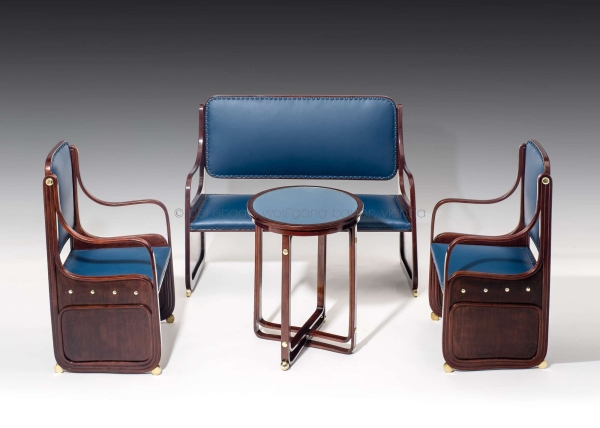 SEATING ENSEMBLE
SEATING ENSEMBLE 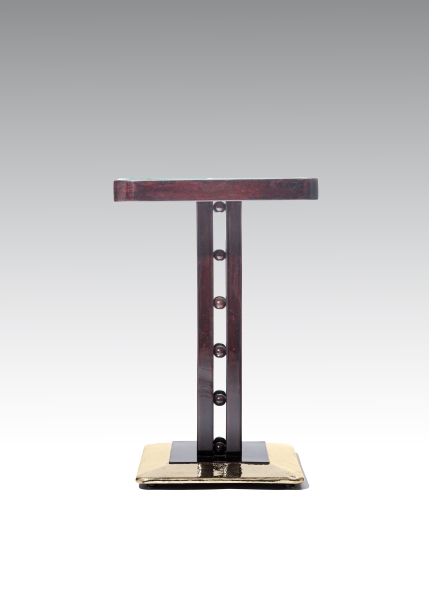 TABLE
TABLE 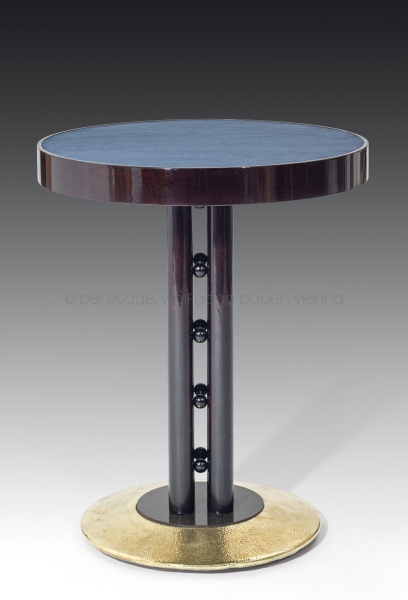 TABLE
TABLE 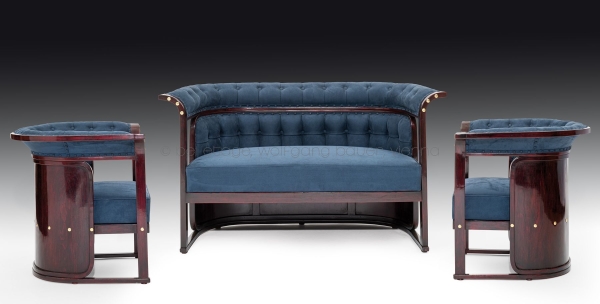 SUITE
SUITE 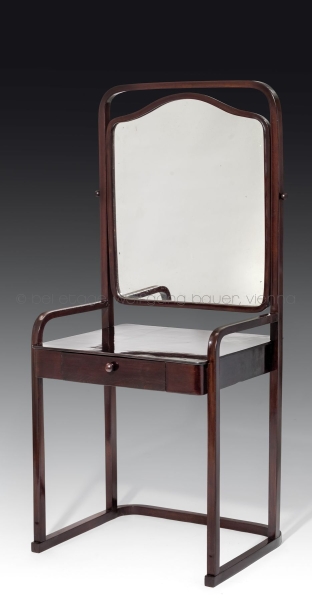 DRESSING TABLE
DRESSING TABLE 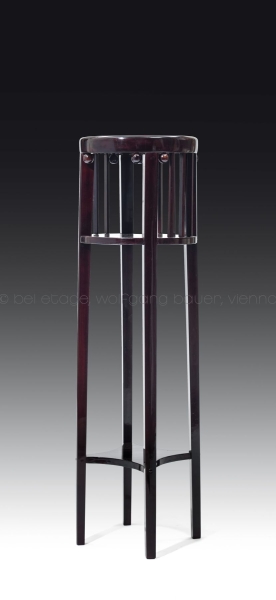 FLOWER STAND
FLOWER STAND 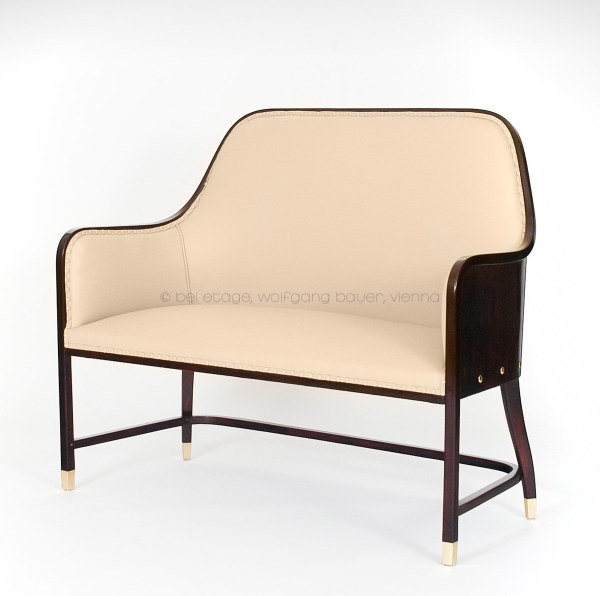 SETTEE
SETTEE 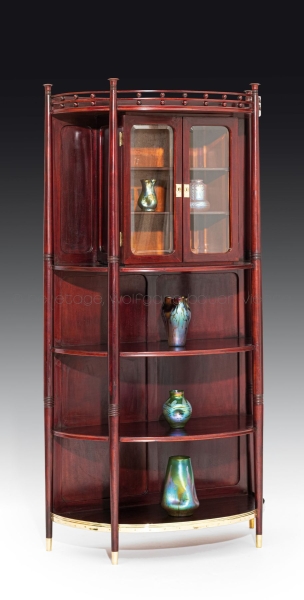 SALON CABINET
SALON CABINET 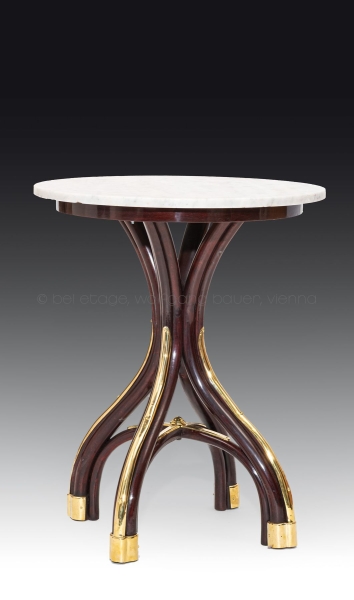 TABLE FOR THE CAFE MUSEUM
TABLE FOR THE CAFE MUSEUM 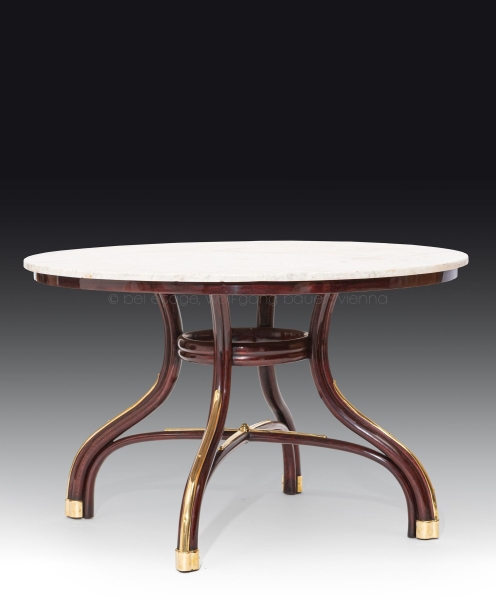 DINING TABLE
DINING TABLE 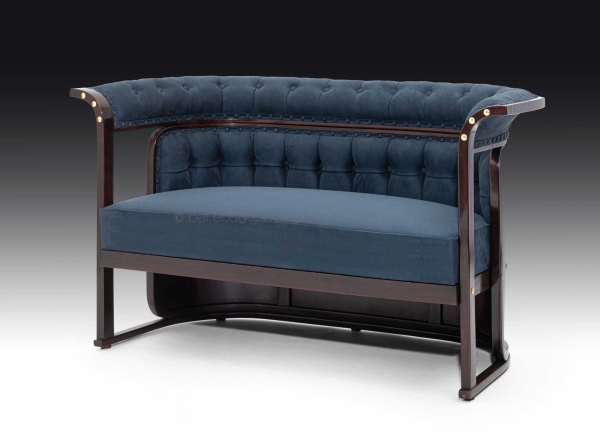 SETTEE
SETTEE 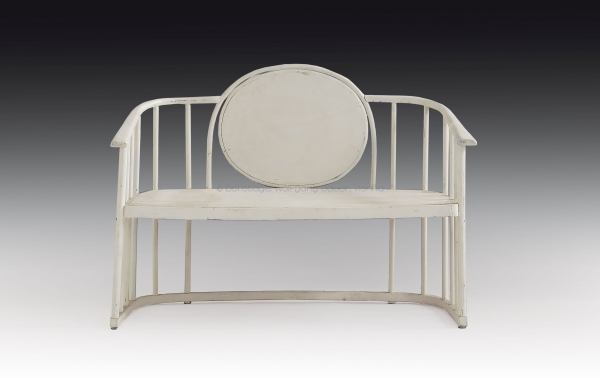 SETTEE FOR A NURSERY
SETTEE FOR A NURSERY 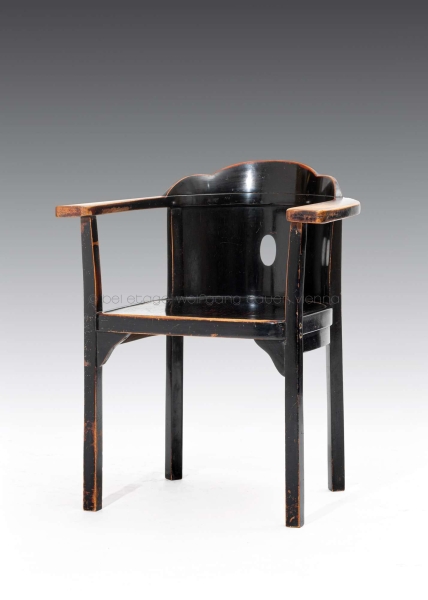 ARMCHAIR
ARMCHAIR 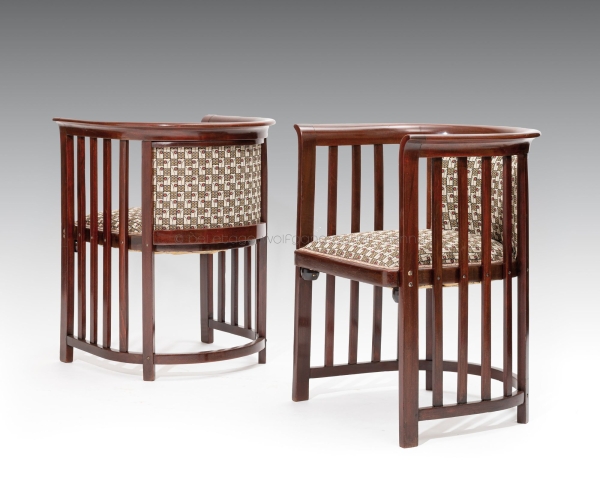 FOUR ARMCHAIRS
FOUR ARMCHAIRS 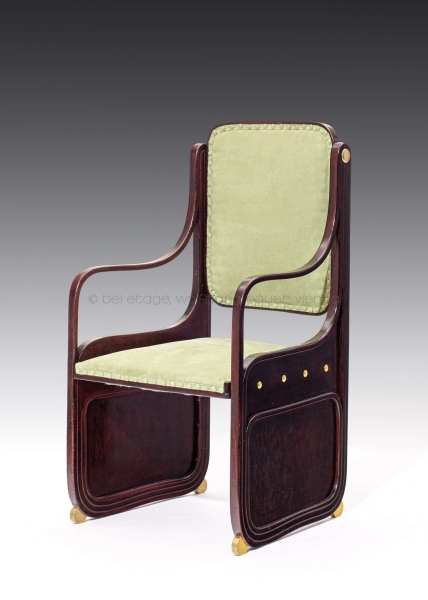 ARMCHAIR
ARMCHAIR 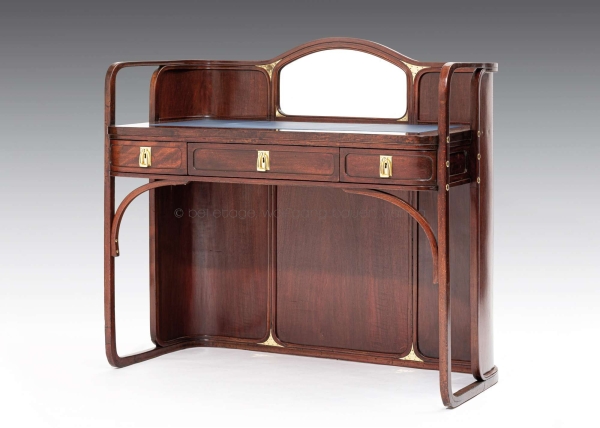 DESK
DESK 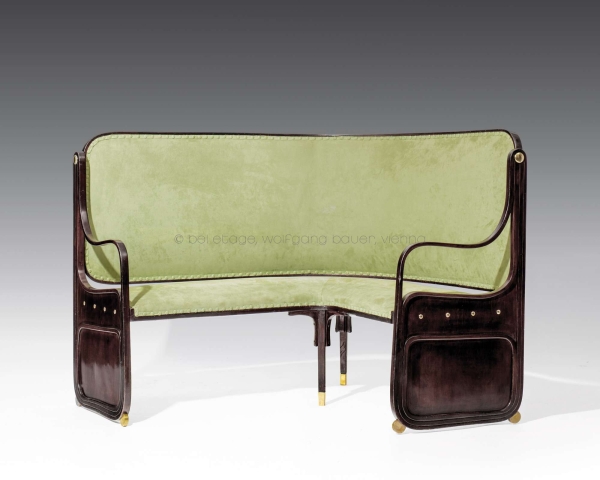 CORNER SETTEE
CORNER SETTEE 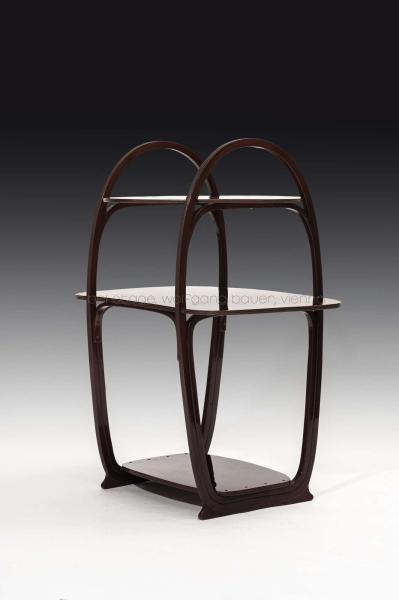 SIDE TABLE
SIDE TABLE 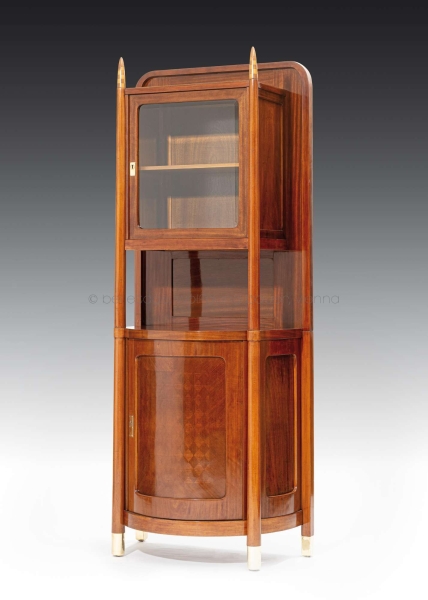 SMALL SIDEBOARD
SMALL SIDEBOARD 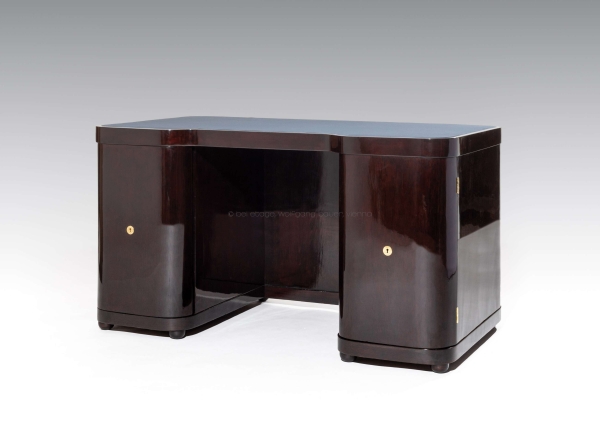 BUREAU
BUREAU 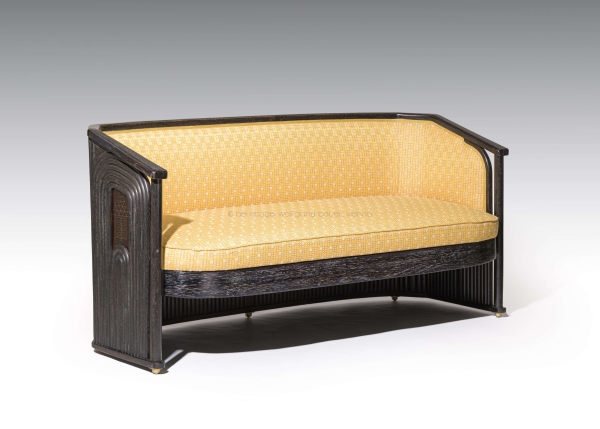 THREE-SEATER SETTEE
THREE-SEATER SETTEE 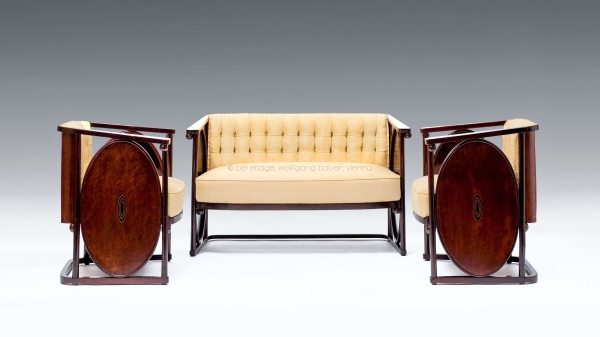 SUITE
SUITE 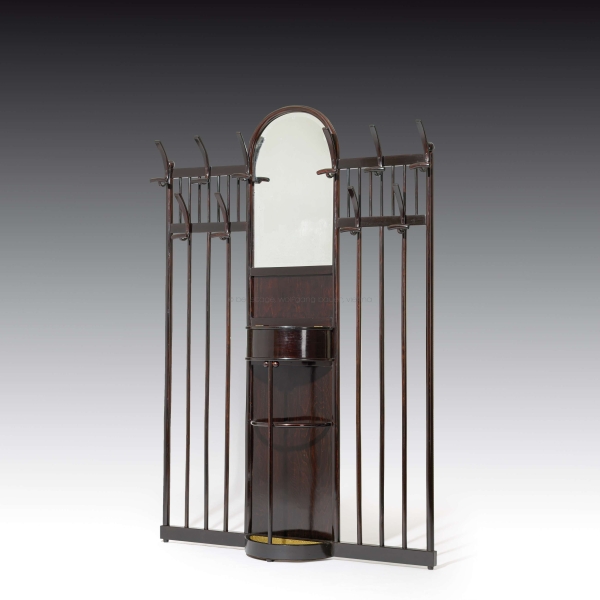 COAT RACK
COAT RACK 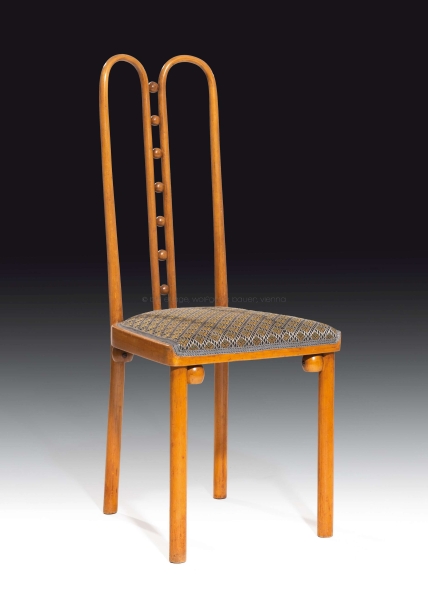 SEVEN-BALL CHAIR
SEVEN-BALL CHAIR 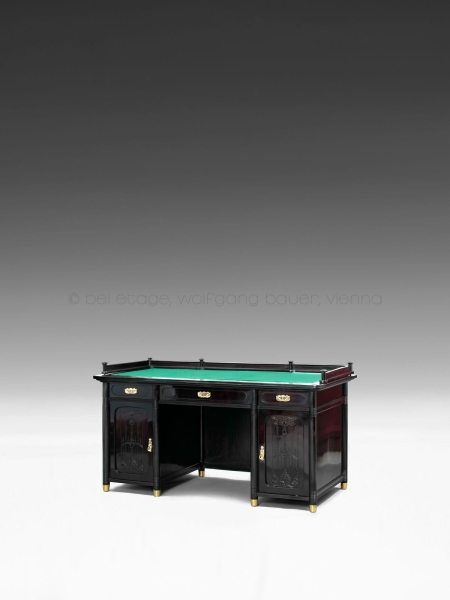 DESK FOR A STUDY
DESK FOR A STUDY